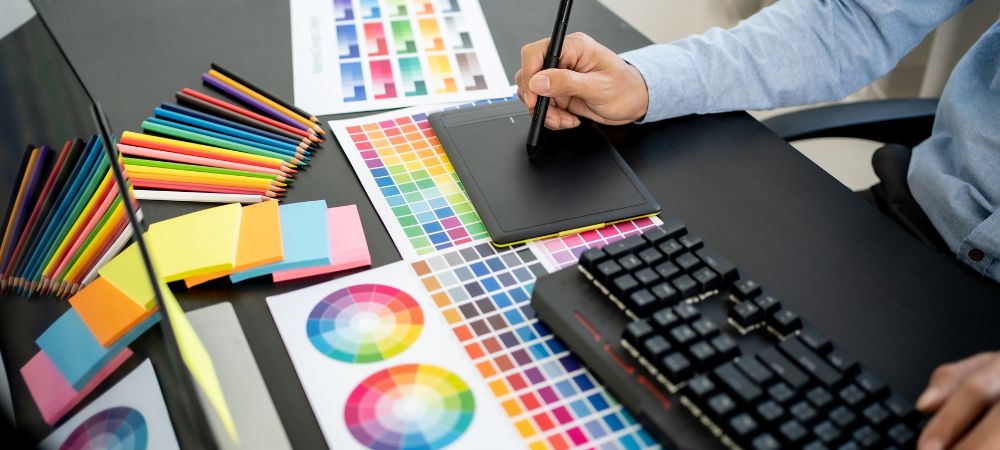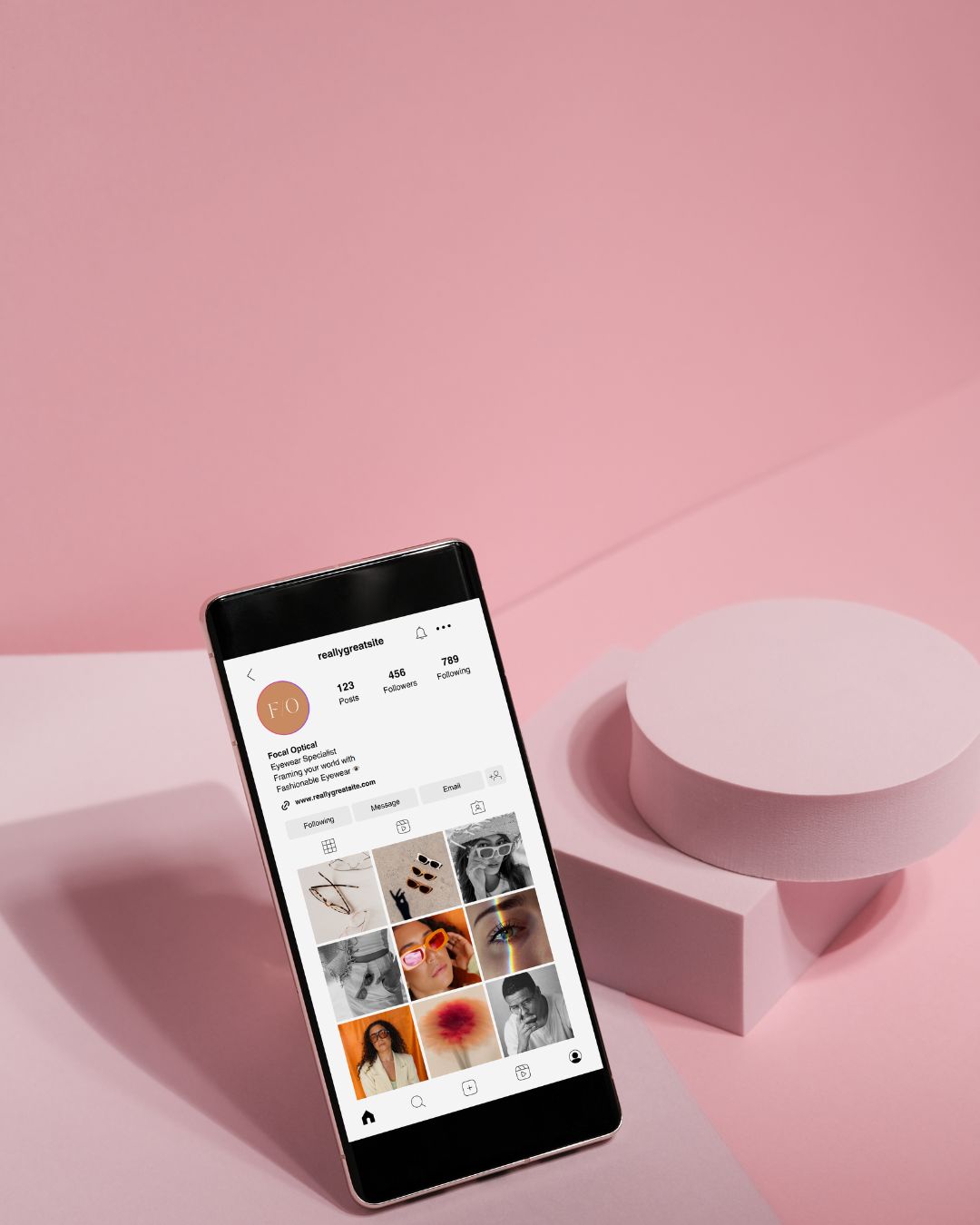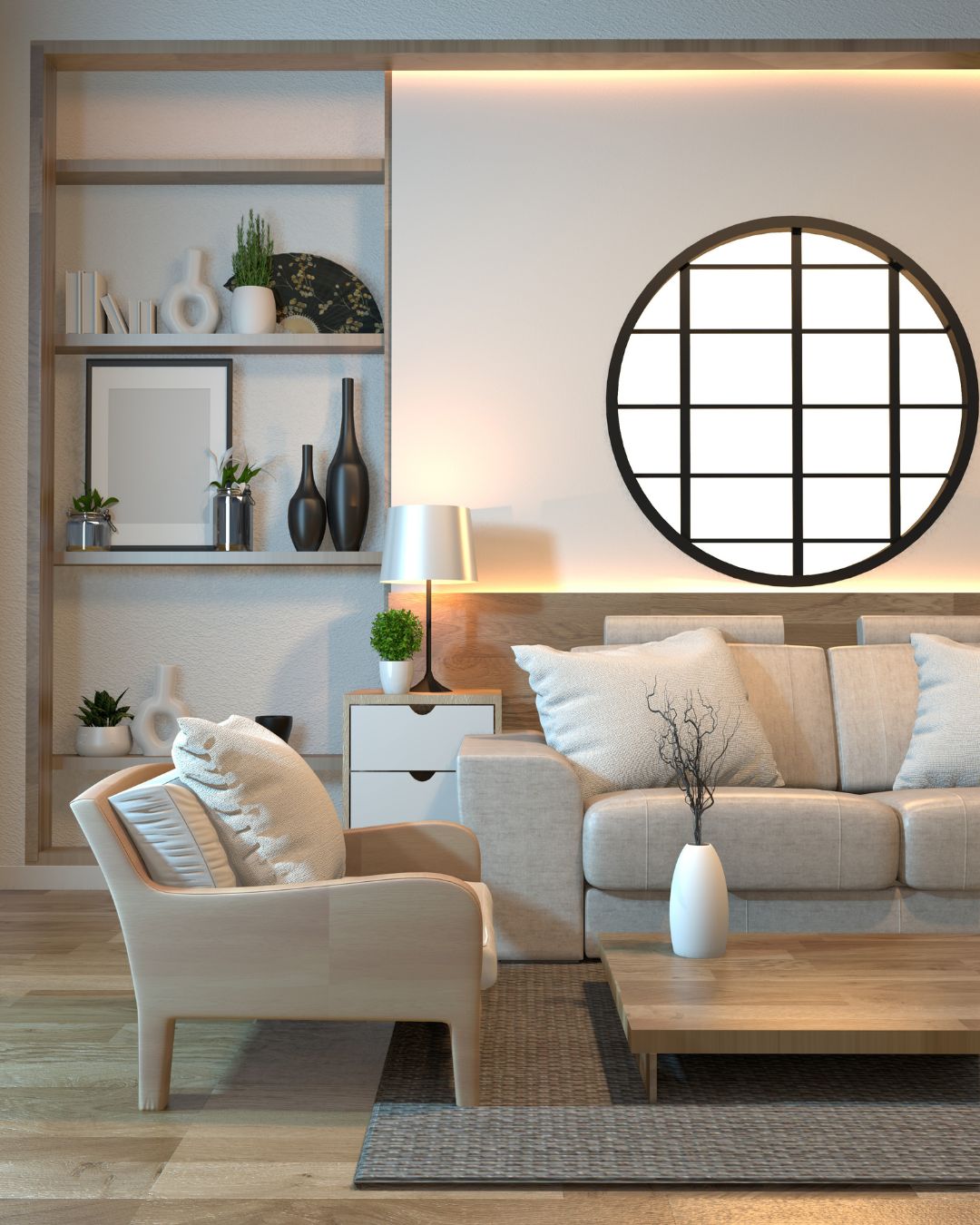

Material selection is a crucial aspect in creative design, ain't it? Receive the inside story click that. The choice of materials used in a design can greatly impact the overall look and feel of a product. Without proper consideration of material options, the final outcome may not meet the desired aesthetic or functional requirements.
When selecting materials for a design project, it's important to consider factors such as durability, cost, availability, and sustainability. For instance, using cheap materials may result in a product that lacks quality and longevity. On the other hand, opting for sustainable materials can help reduce environmental impact and create a more eco-friendly design.
Furthermore, different materials offer unique properties that can enhance the functionality of a product. For more information see right now. For example, using lightweight materials can make a product easier to transport or handle. Conversely, choosing heavy-duty materials can ensure durability and longevity.
In conclusion, material selection plays a vital role in creative design by influencing both the aesthetics and functionality of a product. By carefully considering various material options and their properties, designers can create innovative and impactful designs that meet the needs of users while also being environmentally conscious. So next time you're working on a design project, don't underestimate the importance of material selection!
When choosing materials for a project, there are several factors to consider. It's important to think about the durability of the materials you choose. You don't want them to break or wear out quickly! Also, think about the cost. You don't want to spend too much money on materials that might not be necessary.
Another thing to consider is the availability of the materials. If they are hard to find or take a long time to ship, it could delay your project. And don't forget about the environmental impact of the materials. Access more details view right here. You don't want to use something that is harmful to the planet!
Lastly, consider the aesthetics of the materials. You want them to look good and fit in with your overall design. So, be sure to take all these factors into account when choosing materials for your next project!
Vincent van Gogh sold a single art work during the course of his life-time, "The Red Winery," which highlights the struggles numerous artists experience in gaining awareness.
Salvator Mundi, credited to Leonardo da Vinci and offered for $450.3 million, is one of the most pricey art work ever before auctioned.
The oldest well-known figurative art work, a 40,000-year-old picture of a untamed cow, was found in a Borneo cavern, hyping back the day of the earliest well-known metaphorical fine art.
Banksy's "Girl With Balloon" famously shredded on its own after being marketed at public auction for $1.4 thousand, instantly coming to be a splendid claim on craft's impermanence and also commercialization.
Typography plays a crucial role in shaping your brand's visual identity.. By employing the right fonts, sizes, and styles in your logo design and branding materials, you can create a strong and memorable impression on your audience.
One tip for using typography to enhance your brand's visual identity is to choose fonts that reflect the personality of your brand.

Posted by on 2024-04-24
When it comes to enhancing your understanding of whitespace and negative space, there ain't no shortage of tools and resources out there to help ya out.. From online tutorials to books on design principles, the information is all at your fingertips.
One thing ya gotta remember when tryna effectively use whitespace and negative space in visual compositions is that less is more.

Posted by on 2024-04-24
Creative design is so important in marketing because, without it, a campaign can easily get lost in the noise of all the other advertisements out there.. Just think about some of the most successful campaigns you've seen - they probably had eye-catching visuals and clever messaging that made you stop and take notice, right?

Posted by on 2024-04-24
When it comes to selecting materials for design, there are a variety of options to consider. From metals and plastics to fabrics and woods, there's no shortage of choices available. Each material has its own unique properties and characteristics that can impact the overall look and feel of a design.
One common material used in design is metal, which can provide a sleek and modern aesthetic. Metals like steel and aluminum are often chosen for their durability and strength. However, they can also be heavy and expensive, so it's important to weigh the pros and cons before making a decision.
Plastics are another popular choice for designers due to their versatility and affordability. Materials like acrylic and PVC can be molded into almost any shape or size, making them ideal for creating custom pieces. However, plastics are not as durable as metals and can easily scratch or break if not handled with care.
Fabrics are often used in interior design projects to add texture and warmth to a space. Materials like cotton, linen, and wool are commonly chosen for their softness and comfort. However, fabrics can be prone to staining and fading over time, so it's important to choose high-quality materials that will stand the test of time.
Finally, wood is a classic choice for designers looking to add a natural element to their designs. Materials like oak, pine, and mahogany are prized for their beauty and durability. However, wood can be susceptible to warping or cracking if exposed to moisture or extreme temperatures.
In conclusion, there are many different types of materials commonly used in design that each have their own strengths and weaknesses. By carefully considering factors such as cost, durability, aesthetics, and maintenance requirements, designers can select the perfect material for their project.


When it comes to selecting materials for a design project, the properties of the materials can have a significant impact on the final outcome. The wrong material choice can result in a product that is not durable or functional, leading to costly repairs or replacements.
For example, if you choose a material that is too brittle for a structural component, it may break under stress and compromise the safety of the entire design. On the other hand, selecting a material with high strength and flexibility can ensure that your design will withstand various conditions and last longer.
Furthermore, material properties such as color, texture, and weight can also influence the overall aesthetic appeal of a product. Choosing materials that complement each other in terms of these properties can enhance the visual appeal and user experience of the final design.
In conclusion, considering how material properties impact the overall design outcome is crucial in creating successful and long-lasting products. By carefully selecting materials that meet the requirements of your design project, you can avoid potential issues and create a product that meets both functional and aesthetic goals.
When it comes to material selection in creative design, it's crucial to consider sustainable and eco-friendly options. Choosing materials that are good for the environment can help reduce our carbon footprint and protect natural resources.
One of the biggest mistakes designers make is not thinking about the impact their choices have on the planet. It's easy to just go with the cheapest or most convenient option, but this often means using materials that are harmful to the environment.
By opting for sustainable and eco-friendly materials, we can create beautiful designs without causing harm to the planet. These materials are often made from renewable resources or recycled materials, making them a better choice for future generations.
So next time you're working on a design project, think about the materials you're using and how they will affect the environment. Choose sustainable options whenever possible and make a positive impact on our planet!

When it comes to material selection in contemporary design projects, there are plenty of innovative examples out there that really push the boundaries of what's possible. From using recycled plastics to create furniture pieces that are both stylish and sustainable, to incorporating cutting-edge technologies like 3D printing into architectural designs, designers are constantly finding new and exciting ways to work with materials.
One example of this can be seen in the work of a young designer who recently created a line of clothing made entirely from upcycled denim scraps. By reimagining waste materials as fashion-forward garments, she not only challenges traditional notions of what clothing can look like but also helps reduce the environmental impact of the fashion industry.
Another great example is a team of architects who used biofabrication techniques to grow living building materials for a residential project. By harnessing the power of nature to create durable and eco-friendly construction materials, they were able to create a truly unique and sustainable living space.
Overall, these examples show just how important material selection is in contemporary design projects. By thinking outside the box and pushing the limits of what's possible, designers can create truly innovative and inspiring works that not only look great but also have a positive impact on the world around us. So next time you're working on a design project, don't be afraid to think creatively about your material choices - you never know what amazing things you might come up with!
When it comes to selecting materials for a specific design concept, there are definitely challenges and limitations that designers may face. It ain't always easy to find the perfect material that meets all the requirements for a particular project. Sometimes, there just ain't enough options available that fit the vision you have in mind.
One major challenge is finding materials that are both aesthetically pleasing and functional. It can be tricky to strike the right balance between style and practicality. For example, you might come across a material that looks great but doesn't hold up well under certain conditions.
Another limitation is cost. High-quality materials can be expensive, which may not always be feasible within a tight budget. This can force designers to compromise on their original vision and settle for cheaper alternatives.
Furthermore, environmental concerns play a role in material selection. Designers nowadays are more mindful of sustainability and eco-friendliness when choosing materials. This adds another layer of complexity to the decision-making process.
In conclusion, selecting materials for a design concept is no walk in the park. There are numerous challenges and limitations that must be navigated in order to achieve the desired outcome. Despite these obstacles, with careful consideration and creativity, designers can overcome these hurdles and create stunning designs that stand out from the rest.
When thinking about material selection for your designs, there are some important factors to consider in order to enhance creativity and functionality. First off, it's crucial not to limit yourself to just one type of material - exploring a variety of options can spark new ideas and lead to more innovative designs. By negating the idea that only one material will suffice, you open up a world of possibilities.
Additionally, don't be afraid to mix and match different materials to create unique textures and visual interest in your designs. Contrasting materials can add depth and dimension, making your creations stand out from the crowd. And let's not forget about the importance of considering functionality when selecting materials - after all, what good is a beautifully designed object if it falls apart after a few uses?
So next time you're working on a design project, remember these tips for effective material selection to help enhance both creativity and functionality. You'll be amazed at the difference it can make in the overall impact of your work!
